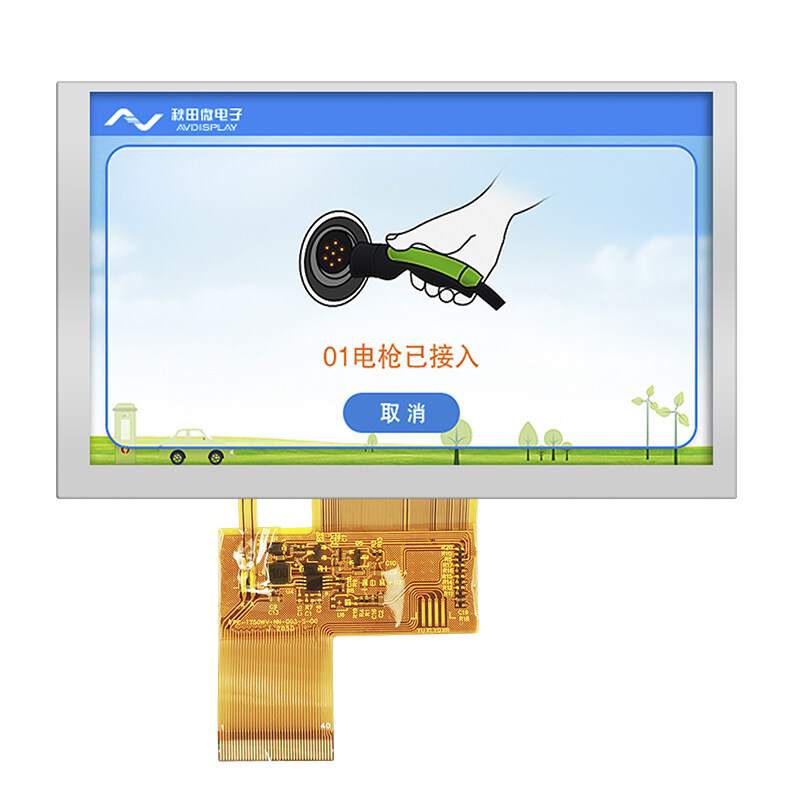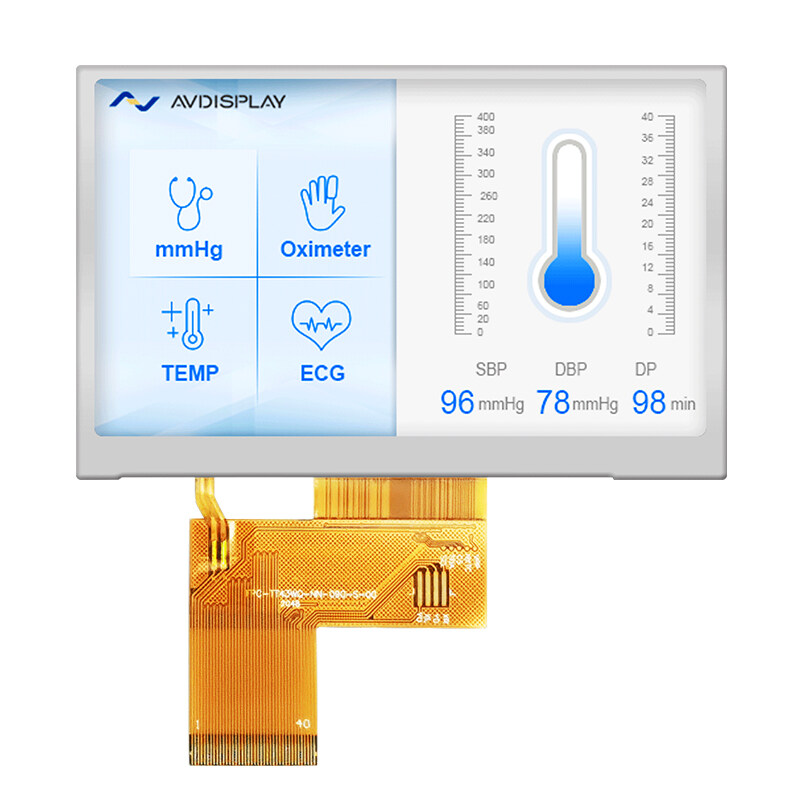Email format error
Email cannot be empty
Email already exists
6-20 characters(letters plus numbers only)
The password is inconsistent
Email format error
Email cannot be empty
Email does not exist
6-20 characters(letters plus numbers only)
The password is inconsistent


The convergence of advanced display technologies with intelligent processing capabilities has given rise to a transformative component known as the intelligent display module in today's digital age. At its essence, this module serves as the nexus between users and devices, offering an intuitive and dynamic interface for interaction.
Understanding Intelligent Display Modules
To grasp the essence, it's essential to dissect their components and functionalities. These modules typically incorporate state-of-the-art display technologies, ranging from LCDs (Liquid Crystal Displays) and OLEDs (Organic Light-Emitting Diodes) to more advanced technologies like MicroLEDs and e-paper displays. Coupled with these displays are touch-sensitive surfaces, enabling tactile interaction with on-screen content.
However, what truly distinguishes intelligent display modules is their integration of intelligent processing capabilities. Embedded within these modules are powerful microprocessors, often accompanied by dedicated graphics processing units (GPUs) and neural processing units (NPUs). These processing units facilitate real-time data analysis, image rendering, and machine learning algorithms, enabling the module to adapt to user preferences and environmental conditions.
Enhancing User Interfaces: A Seamless Experience
The primary objective is to elevate user interfaces to new levels of sophistication and user-friendliness. Through their intuitive touch interfaces and responsive designs, these modules redefine user interaction, offering a seamless and immersive experience.
For instance, imagine interacting with a smart home system through a sleek touchscreen display mounted on the wall. With just a swipe or a tap, users can adjust room temperature, dim lights, or even play their favorite music playlist. The responsiveness and fluidity of the interface mimic the experience of using a smartphone, making interactions intuitive and effortless.
Moreover, the modules often feature adaptive user interfaces, dynamically adjusting layout and content based on user preferences, usage patterns, and contextual cues. This adaptability ensures that the interface remains relevant and accessible, catering to the diverse needs of users across different scenarios.
Applications Across Industries: Versatility Unleashed
The versatility of intelligent display modules transcends industry boundaries, finding applications in a myriad of sectors:
1. Smart Homes: In the realm of smart homes, the modules serve as central hubs for managing connected devices and home automation systems. From controlling lighting and thermostats to monitoring security cameras and accessing multimedia content, these modules offer a centralized interface for seamless integration and control.
2. Automotive: Within the automotive sector, the modules are revolutionizing the driving experience. Modern vehicles are equipped with interactive infotainment systems, digital instrument clusters, and heads-up displays, all powered by intelligent display modules. Drivers can access navigation assistance, vehicle diagnostics, and entertainment options with ease, enhancing safety and convenience on the road.
3. Healthcare: In healthcare settings, the modules play a crucial role in improving patient care and streamlining clinical workflows. From electronic health records (EHR) management and diagnostic imaging to telemedicine consultations, these modules facilitate communication, data visualization, and decision-making among healthcare professionals.
4. Retail: The retail industry is leveraging intelligent display modules to enhance customer engagement, optimize store layouts, and personalize shopping experiences. Interactive kiosks, digital signage, and virtual fitting rooms powered by these modules provide shoppers with product information, recommendations, and immersive experiences, driving sales and brand loyalty.
Future Trends and Innovations: Paving the Way Forward
Looking ahead, the evolution of intelligent display modules is marked by several emerging trends and innovations:
1. Flexible Displays: Advancements in flexible display technologies will enable the development of bendable, foldable, and rollable intelligent display modules. These flexible form factors will open up new possibilities for design and integration in various devices, from wearable gadgets to foldable smartphones.
2. Augmented Reality Integration: The integration of augmented reality (AR) capabilities into the modules will transform how users perceive and interact with digital content. By overlaying virtual elements onto the physical world, AR-enhanced displays will create immersive experiences for gaming, education, training, and beyond.
3. Edge AI Processing: The adoption of edge computing and on-device AI processing will empower the modules with greater autonomy and responsiveness. By processing data locally and making intelligent decisions in real-time, these modules can operate efficiently without relying on constant cloud connectivity, enhancing privacy and performance.
4. Biometric Authentication: Enhanced security features such as biometric authentication will become standard in the modules, offering secure access to sensitive information and personalized user experiences. Facial recognition, fingerprint scanning, and iris detection technologies will provide robust authentication methods, safeguarding user data and privacy.
Conclusion: Redefining User Experiences
In conclusion, intelligent display modules represent a pivotal advancement in user interface design and interaction paradigms. By seamlessly integrating advanced display technologies with intelligent processing capabilities, these modules are reshaping user experiences across industries. Whether in smart homes, automotive systems, healthcare facilities, or retail environments, the modules empower users with intuitive interfaces, immersive interactions, and personalized experiences. As we embark on a journey fueled by connectivity, artificial intelligence, and immersive technologies, the role will continue to evolve, unlocking new possibilities and transforming the way we interact with technology.